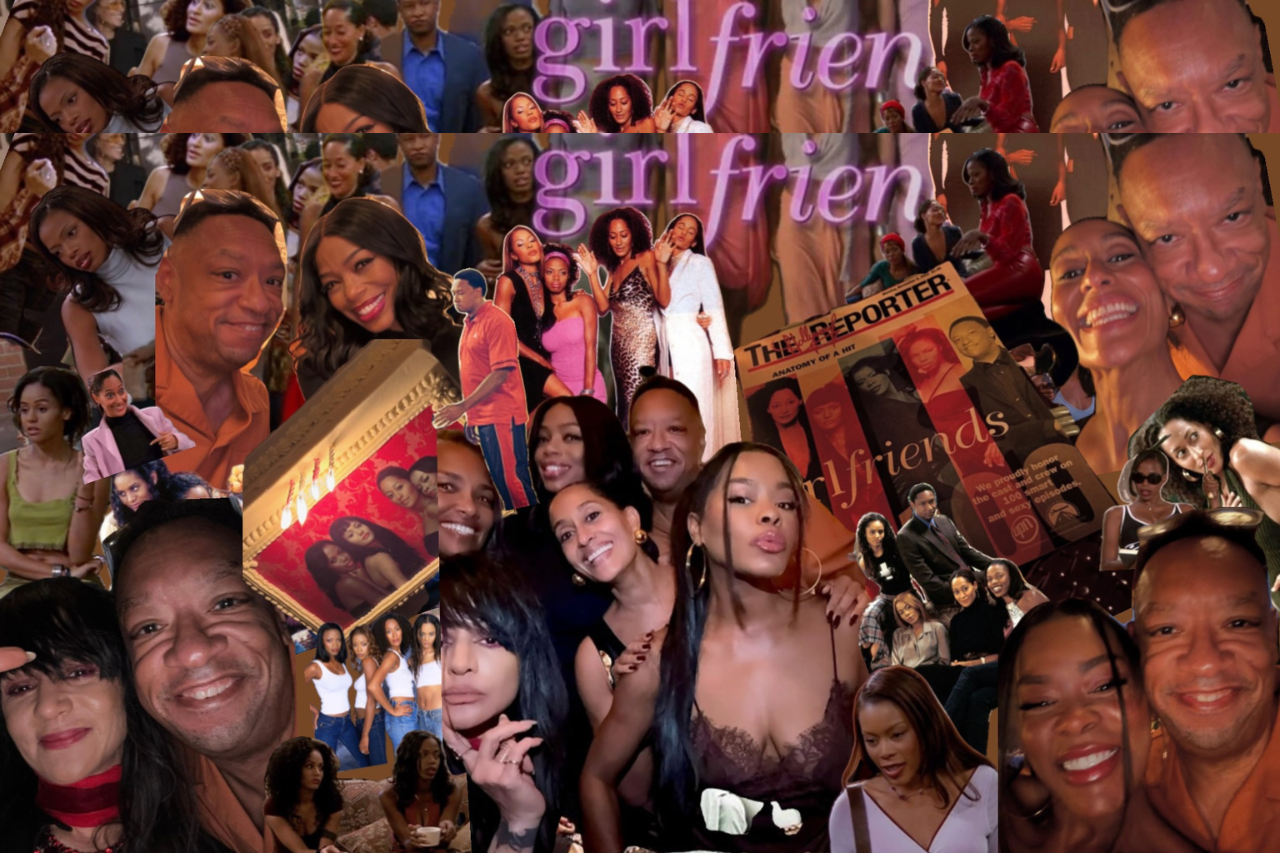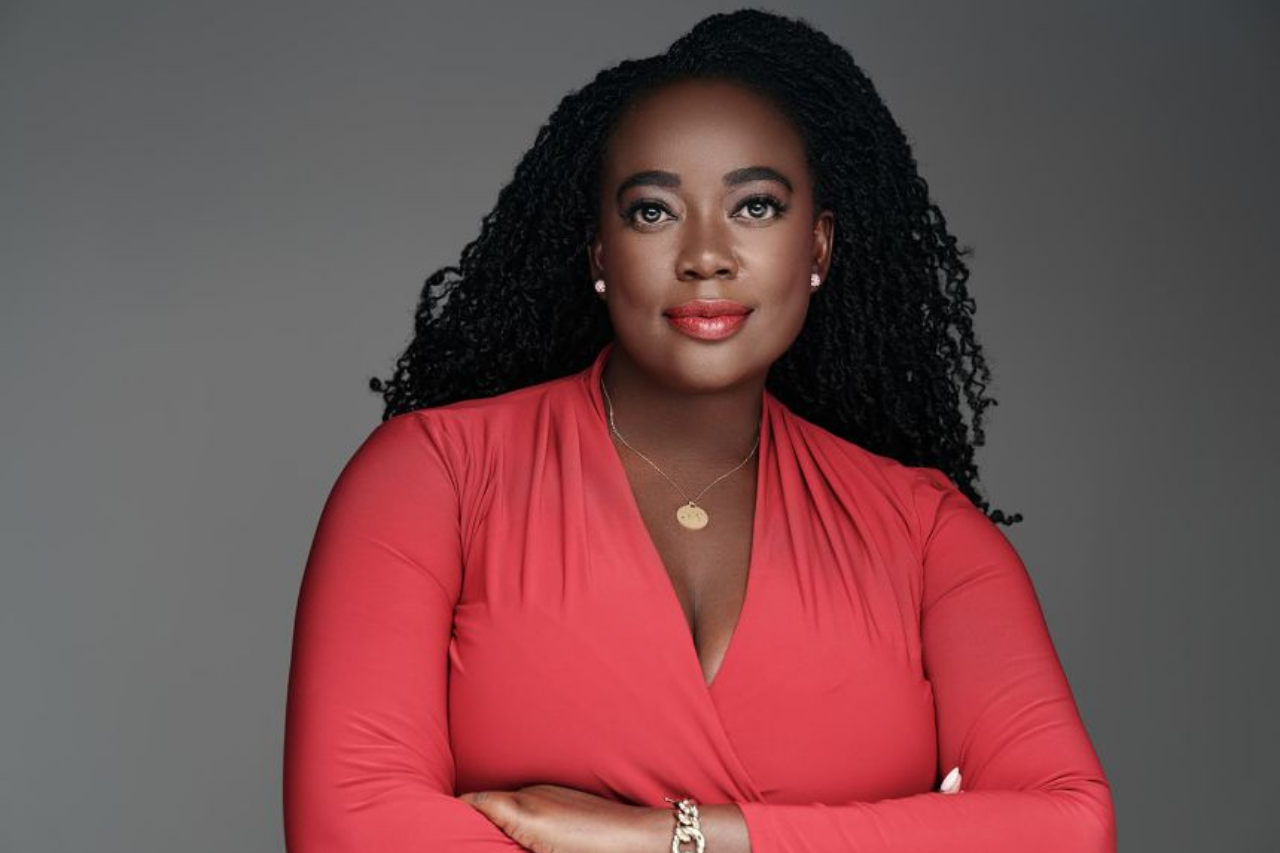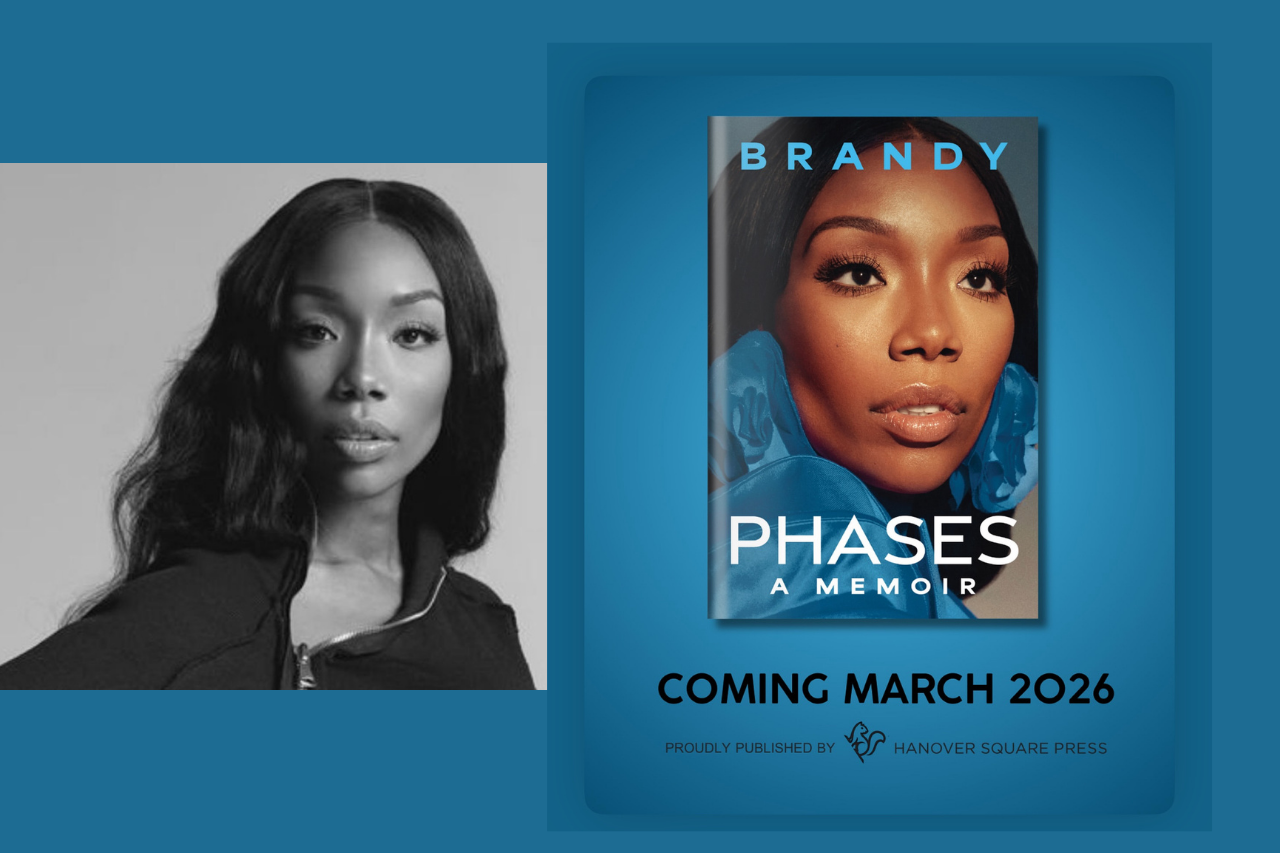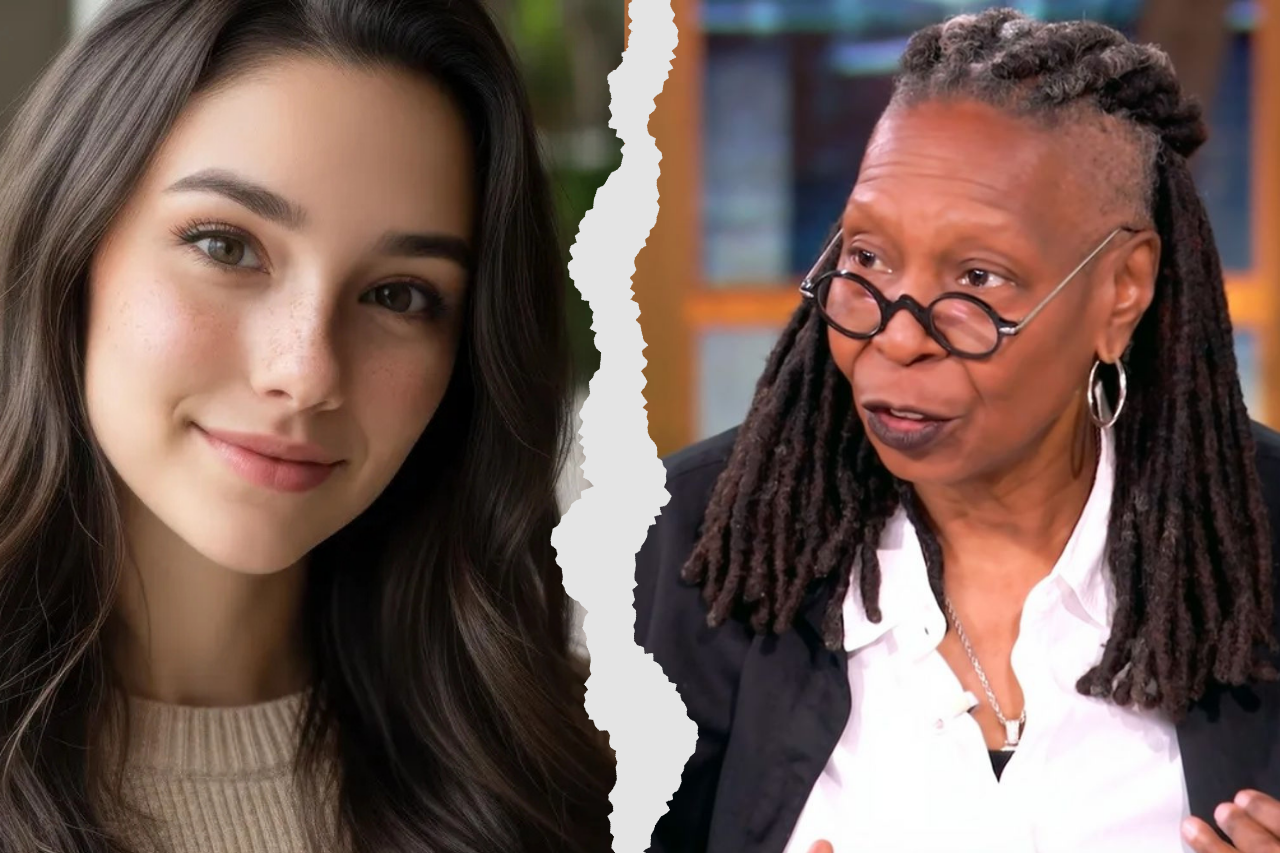On September 10, 2000, Girlfriends premiered on UPN. Created by Mara Brock Akil, it quickly became a touchstone series for Black women on television. It was a show about careers and romance, but also about jealousy and ambition, vulnerability and strength, color, class, motherhood, and female friendship in full. Twenty-five years later, the impact of Girlfriends is still alive, not just in what Mara Brock Akil has built since but in how audiences—those original UPN viewers and those who discovered the show later—have continued to carry it forward.
On this anniversary, we explore two intertwined stories: Mara’s enduring legacy and the audience’s role as partner, confidante, and co-creator of meaning. In a sense, the fan base is the fifth girlfriend.
Mara Brock Akil was born on May 27, 1970, in Compton, California. She began her career in television writing with South Central (1994) and The Jamie Foxx Show (1999-2000) before creating Girlfriends at age 30. The show ran from 2000 to 2008, first on UPN, then on The CW.
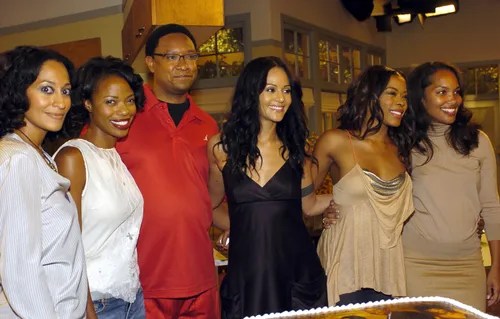
“They were intentionally going to be flawed on purpose, because very simply put, I don’t believe in positive images, just as much as I don’t believe in negative images. I would say perfect images are just as damaging as negative images, because our humanity does not exist in those extremes.” From Harper’s Bazaar on making the characters flawed and real
From the start, Akil was one of the few Black women showrunners in the broadcast era, and the show was unusual in its willingness to show the messy, real lives of its characters. Joan, Toni, Maya, and Lynn were not perfect. Their friendships were not frictionless. Their lives carried burdens, contradictions. They made career choices, mistakes, betrayals, and reconciliations. That complexity remains central in everything Akil has done since.
In 2025, Mara Brock Akil released Forever on Netflix, her adaptation of Judy Blume’s novel of the same name. The series premiered on May 8, 2025. It tells the story of two Black teenage athletes, Keisha (Lovie Simone) and Justin (Michael Cooper Jr.), navigating first love, digital life, parental expectations, and racial nuance in Los Angeles. Within a week of its premiere, Netflix renewed Forever for a second season.
In Forever, Akil brings the same emotional honesty, character-driven storytelling, and nuanced exploration of identity she pioneered with Girlfriends. But in Forever, she adds new layers: today’s fears for Black youth, the impact of social media, racial and sexual identity, and modern parental anxieties. She has said that Forever is “about letting teenagers be soft, complicated, and real.” She also emphasized that even when relationships end, the love and the growth need not be destructive.
“I just wanted to document us … Going back to Sex and the City, we couldn’t even be extras in New York. We couldn’t even just be on the street, walking by, and Carrie checking out our style, and then biting our style … Instead of me being angry at that, I would take that note, and I’d write it down … because I wanted to document how amazing we were. I wanted to document that we actually existed …” From Harper’s Bazaar, talking about the origin & purpose of Girlfriends
Even as Forever has earned praise, the effort to lift up voices beyond her own remains central to Akil’s mission. In 2021, she founded the Writers’ Colony, a Los Angeles-based screenwriting residence for writers who have not yet had staff positions in television. The Colony provides a three-month residency, mentorship, workshops, and access to professionals in the industry.
In 2025, the Writers’ Colony added new cohort members in its winter and spring sessions. This is not symbolic. It is a material effort to expand who tells stories, who has a voice, and what stories are told. It is part of the legacy of Girlfriends, not just as a show but as a movement in representation.
Mara’s track record is long. After Girlfriends, she created The Game, Being Mary Jane, co-created Love Is…, and worked on other projects. She is the only African American showrunner to have had a scripted series every single year from 2000 through 2017. Those facts tell us not only about productivity but also about perseverance in an environment that often under-values Black women creatives.
What Mara Brock Akil built with Girlfriends continues. The themes that made people lean in in 2000 are still powerful now. Ambition and friendship side by side. Vulnerability and strength in equal measure. The tension between professional identity and personal life. The theme of emotional honesty.
In Forever, we see updated tensions: identity, race, sexuality, parental fears about Black adolescents, digital communication or miscommunication, and even social media as both connective and isolating. Akil transforms these modern pressures into narrative forces that echo the same honesty Girlfriends used, but in newer terrain.
Also relevant is how Akil does not treat the characters as symbols. She allows them flaws, values, and tension. Fans still respond to characters not because they are perfect but because they feel human. That is a rare and valuable trait in television.
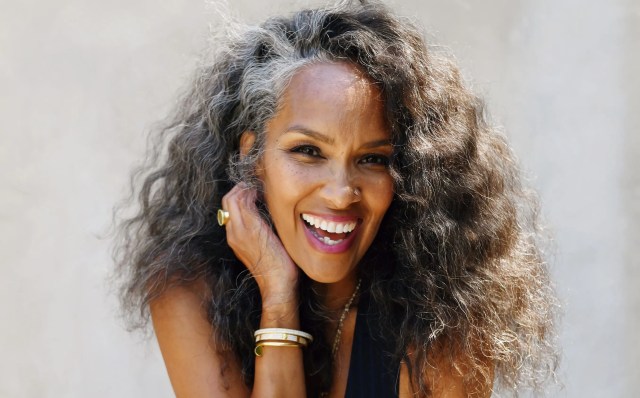
“What I love about the ending and complexity is that love is intact. Though they broke up to go their separate ways to embrace more of who they are, they did it in love.”
A show is not only what the creators put on screen. It is also what the audience sees, what they bring to it, and what they keep remembering. Over the years, the Girlfriends audience has become much more than watchers. They are co-historians, critics, meme-makers, comfort-seekers, and custodians of cultural memory.
Though the original run ended in 2008, Girlfriends has continued to find new viewers via streaming. Many first discovered the show on Netflix or other platforms. Fans often post about rewatching episodes, about how certain storylines hit differently as they age. Nostalgia is one entry point, but connection is what keeps people staying.
Social media is full of Girlfriends content. Posts recalling classic episodes, meme-able lines, fan-art, TikTok edits, and Instagram reels. Fans tweet about Toni’s shoes, Lynn’s bohemian style, Joan’s journalistic integrity, and Maya’s humor. They debate Joan vs Toni, reflect on colorism storylines, on Lynn’s outsider status, on motherhood, and on ambition.
These discussions are not trivial. They keep certain episodes alive. They reframe meaning. A storyline that originally felt secondary can become central for someone else discovering it now.
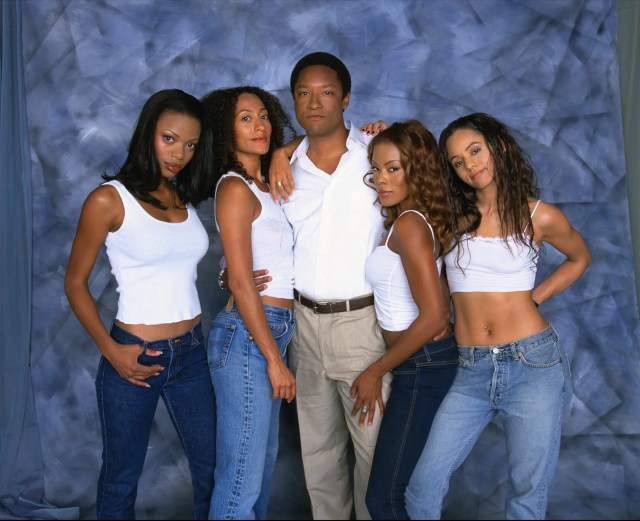
Original viewers often share the show with younger people—siblings, children, friends. New viewers learn from the older ones what Girlfriends meant in its original moment: when there were fewer shows about Black women’s inner lives, when the kinds of emotional conversations Girlfriends had were rare on network television.
At the same time new viewers bring fresh perspective. What in 2001 might have felt acceptable now seems fraught. What was once funny or touching might now raise different questions. Those shifts generate new conversations about race, about class, about friendship, about representation.
Perhaps most importantly, fans have not closed the book. There is a hunger for more: more closure, more stories, more authentic depictions. The rapid renewal of Forever after its May 2025 release suggests audiences still respond to Akil’s voice.
Fan petitions, reunion rumors, and social media buzz around potential reunions or feature films indicate people want the Girlfriends universe to continue in one form or another. It is not just nostalgia. It is a belief that the world still needs these stories.
We live in a moment where representation, authenticity, emotional vulnerability are in high demand. Audiences increasingly expect nuance rather than stereotype. They want shows that allow characters to be uncomfortable, flawed, evolving. They want emotional truths.
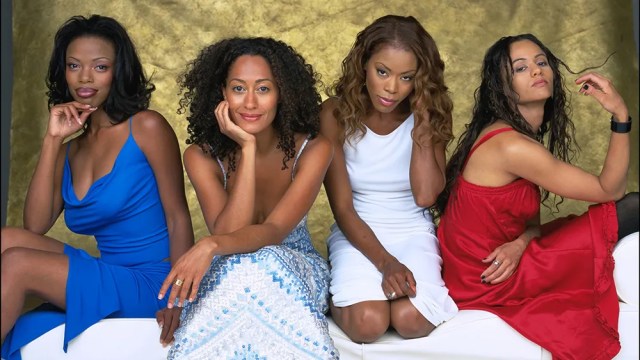
In recent years, debates about who gets to tell stories, who gets to be in writers’ rooms, whose perspectives are centred have become urgent. Mara Brock Akil has always been a front-runner in those debates. She has opened doors and built platforms so that voices that didn’t have space can find space now.
Also, the world has changed in ways that make Girlfriends feel both familiar and foreign. Digital culture amplifies certain pressures. Conversations about race, policing, colorism, and media representation grow louder. The show’s themes—ambition, betrayal, support, vulnerability—feel relevant in this climate because they map onto current anxieties.
The audience’s emotional investment matters because it creates accountability. When fans care, when they demand complexity, when they refuse flat portrayals, creators feel pressure not to settle for simplistic narratives. The “fifth girlfriend” role is vital: it insists that narratives about Black women, about emotional honesty, about friendship, about identity, matter.
Two and a half decades after Girlfriends premiered, its core audience has also aged. The women who once tuned in on Tuesday nights to see Joan’s power suits, Toni’s bravado, Maya’s hustle, and Lynn’s searching bohemianism are now entering their forties, fifties, and sixties. They have been through their own career pivots, family redefinitions, and health scares. What they long for is not simply nostalgia but continuity — the chance to see characters they loved grappling with the same stage of life.
A one-off reunion, a limited series, or a film adaptation could do more than tie up old storylines. It could offer a rare, honest portrayal of midlife as lived by Black women who were aspirational icons in their youth. Joan and Toni’s estrangement could be reframed as a meditation on friendship in middle age — how some ties fray, how others heal. Maya’s motherhood story could show what it looks like to parent an adult son or to become a grandmother while still holding onto personal dreams. Lynn’s trajectory could move from wandering artist to midlife reinvention, illustrating the pressures and possibilities of finding purpose later in life. And Joan’s career ambitions could be revisited through the lens of ageism, leadership, and the tension between legacy and reinvention.
Such a continuation would not just satisfy long-time fans; it would also fill a larger cultural gap. Few scripted series allow beloved characters to grow older on screen without turning them into caricatures or side notes. Revisiting Girlfriends now could normalize stories of Black women’s aging, resilience, and reinvention in ways network television rarely attempts.
WHAT SAY YOU?
📺 Would you tune in for a midlife version of Girlfriends?
📝 Your voice matters. We’ll share the results in an upcoming Midscroll feature about Girlfriends at 25.
Images used in this post are for illustrative and educational purposes only. All images remain the property of their respective owners. No copyright infringement is intended. If you are the copyright holder of any image featured here and would like it credited or removed, please contact us immediately.
Discover more from MidScroll
Subscribe to get the latest posts sent to your email.
